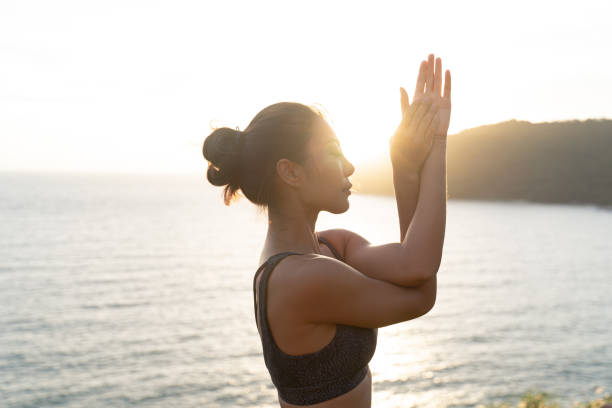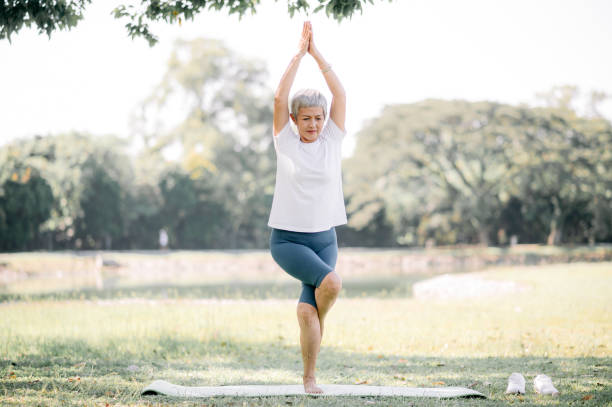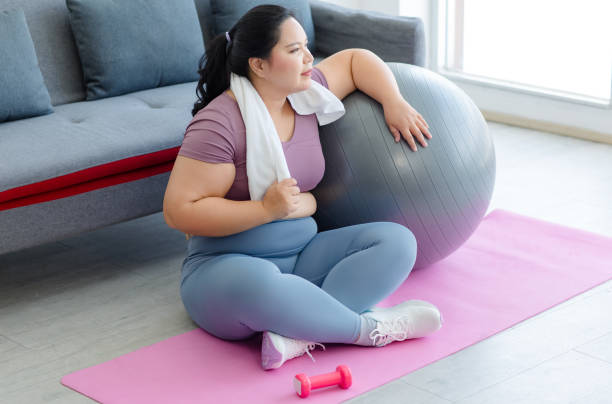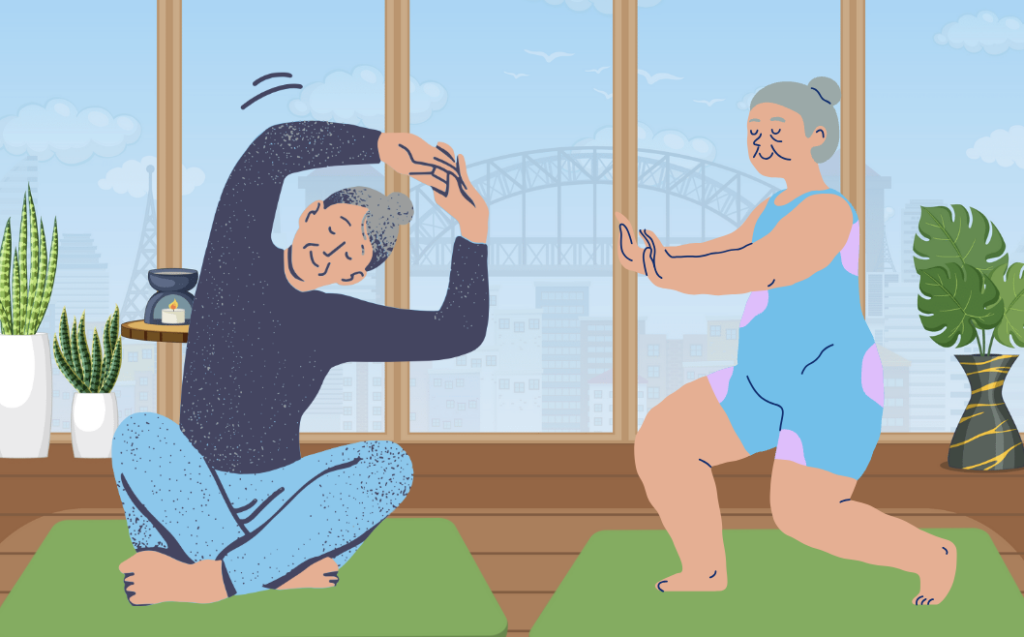Fitness Habits, Joint Health
Ease Arthritis Pain with Yoga or Tai Chi
The condition of arthritis frequently causes pain and stiffness in the joints, which can make living with the condition a very difficult experience. Even seemingly straightforward activities, such as walking, bending, or even holding a cup, might become challenging. The good news is that there are workouts such as yoga and tai chi that can provide relief from arthritis pain and enhance the function of the joints. By implementing these moderate motions into your routine, you may find that you enjoy a reduction in discomfort as well as an improvement in your overall well-being. With the help of this article, we will discuss the advantages of yoga and tai chi for the management of arthritis, with the goal of assisting you in making an educated decision regarding the most appropriate kind of exercise for your journey with arthritis.
Exploring the benefits of yoga for arthritis
One of the most highly praised aspects of yoga is its capacity to reduce the symptoms of arthritis. Yoga is characterized by its emphasis on gentle movements, stretching, and deep breathing. Over the course of several centuries, this time-honored practice has been utilized to enhance both physical and mental well-being. Through the promotion of relaxation, the reduction of inflammation, and the enhancement of flexibility, yoga has the potential to alleviate joint discomfort and enhance range of motion.

The role of yoga in improving flexibility and joint mobility
The capacity of yoga to promote flexibility and joint mobility is one of the most important advantages of yoga for people who suffer from arthritis. When you practice yoga, you will engage in moderate stretching and exercises that can help extend the range of motion in your joints. This will make it easier for you to carry out activities that you do on a regular basis. As you progress through the various yoga postures, you will progressively enhance your flexibility, which will allow your joints to move more freely. Because of this greater flexibility, the stiffness and discomfort that are linked with arthritis can be more manageable.
Yoga poses and sequences specifically designed for arthritis relief
Yoga is a practice that offers a wide variety of positions and sequences that are specifically designed to alleviate the difficulties associated with arthritis. These poses are often comfortable and can be altered to meet the specific requirements and constraints of each particular practitioner. As an illustration, the “Downward Facing Dog” pose is a wonderful way to stretch the shoulders, arms, and legs, but the “Child’s Pose” is a gentle way to stretch the lower back and hips. Some other positions, such as “Bridge Pose” and “Cat-Cow Pose,” are also beneficial for enhancing joint mobility and overall well-being since they target specific areas that are afflicted by arthritis.

Exploring the benefits of tai chi for arthritis
Tai chi, an ancient Chinese practice that is noted for its slow and controlled motions, has also showed promise in treating arthritic symptoms. While yoga is well-known for its benefits in controlling arthritis, tai chi has also become increasingly popular in recent years. Tai chi exercises, which place an emphasis on balance, coordination, and mindfulness, have been shown to be effective in reducing pain and improving function in people who suffer from arthritis.
The role of tai chi in improving balance and reducing pain
If you suffer from arthritis, one of the most important benefits of tai chi is that it can help improve your balance and lower your pain. The motions that are performed in tai chi are slow and controlled, which helps strengthen the muscles that surround the joints. This is beneficial because it increases stability and decreases the danger of falling. Tai chi can help decrease the pain associated with arthritis by improving balance and coordination. This is because it reduces the amount of stress that is placed on the joints that are affected by the condition.
Tai chi exercises and movements suitable for individuals with arthritis
Tai chi is a form of exercise that consists of a series of flowing motions and positions that are appropriate for people of all fitness levels, including those who suffer from various forms of arthritis. As a result of their low impact and soft nature on the joints, these exercises are an ideal alternative for the management of arthritis. For instance, the “Grasp the Sparrow’s Tail” movement helps enhance flexibility and range of motion in the arms and shoulders, whereas the “Wave Hands Like Clouds” movement encourages relaxation and balance. Both of these movements are examples of various yoga poses. If you include these tai chi exercises into your routine, you may notice a reduction in the amount of discomfort you are experiencing as well as an improvement in the overall function of your joints.

Comparing yoga and tai chi for arthritis management
Yoga and tai chi each have their own set of advantages for people who suffer from arthritis; nevertheless, which kind of exercise is more effective for controlling arthritis? The answer is contingent upon your own tastes as well as your current physical state. As a result of its emphasis on gentle stretching, deep breathing, and flexibility, yoga is a good alternative for persons who favor a more fluid and holistic approach to physical activity. Tai chi, on the other hand, has an emphasis on balance, coordination, and mindfulness, making it an excellent choice for individuals who wish to enhance their stability and decrease their level of pain. In the end, the activity that is most effective for managing arthritis is the one that speaks to you and caters to your individual requirements.
Conclusion
Living with arthritis has its challenges, but I’ve found that incorporating exercises like yoga or tai chi into my routine can make a significant difference in managing my symptoms. Both yoga and tai chi offer unique benefits that have positively impacted my life, including increased flexibility, reduced pain, and an overall improvement in well-being. Understanding the advantages of each practice has allowed me to make informed decisions and choose the exercise that best suits my needs. Whether I opt for the gentle movements and stretching of yoga or the slow, controlled motions of tai chi, I’ve experienced relief and a notable enhancement in my quality of life.
Trusted Health, Wellness, and Medical advice for your well-being


